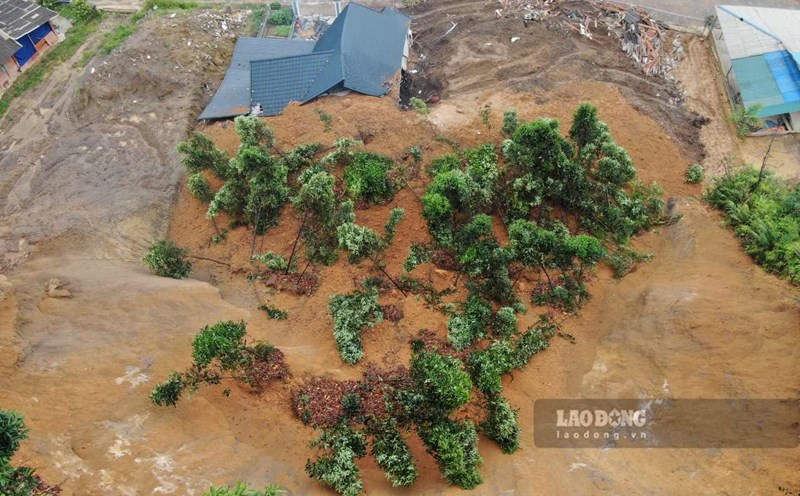Over time, the operating system, whether Windows or macOS, can run more slowly due to many reasons: unnecessary software, accumulated junk files, unoptimized default settings, or outdated hardware. Here are effective ways to optimize the system, improve performance and stability.
Remove unnecessary software
Many software after installation will run underground, taking up RAM and CPU resources. You should check the list of installed software and remove unused programs. On Windows, you can go to Control Panel > Programs > Un install a program to do this.
turn off the startup program with the system
Some apps automatically start when you turn on your PC, slowing down the booting process and taking up a lot of system resources. To turn off startup programs with Windows:
Press Ctrl + Shift + Esc to open Task Manager.
Select the Startup card.
Turn off unnecessary apps by pressing the right button and selecting Disable.
Clean up temporary discs and files
Temporary files, caches, and junk files can take up a lot of hard drive space and slow down the machine. You should:
Open Disk Cleanup.
Select the drive to be cleaned and highlight items such as "Temporary files", "Recycle Bin" and then click OK to delete.
In addition, you can also use software like CCleaner to clean deeper.
Update operating system and drivers
Microsoft regularly releases updates to help fix errors, increase system performance and security. Make sure you have Windows Update enabled. At the same time, check and update the latest drivers for graphics cards, network cards, and other devices to ensure compatibleness and performance.
Optimizing hard drives
If you are using HDD, get used to prevent drive shrbage with the tool available in Windows (Defragment and Optimize Drives).
If you are using SSDs and anti-polluting is not necessary, you should turn on the TRIM feature to optimize life and performance.
Use reputable virus terminal software
A computer infected with a virus or malware will be significantly slow. Install reliable security software and scan periodically. Avoid downloading smuggled software of unknown origin because it can harm the system.
Upgraded hardware
If you have applied all of the above but the device is still slow, it may be time to upgrade RAM or switch from HDD to SSD. These are two simple upgrades but significantly improve computer speed.











